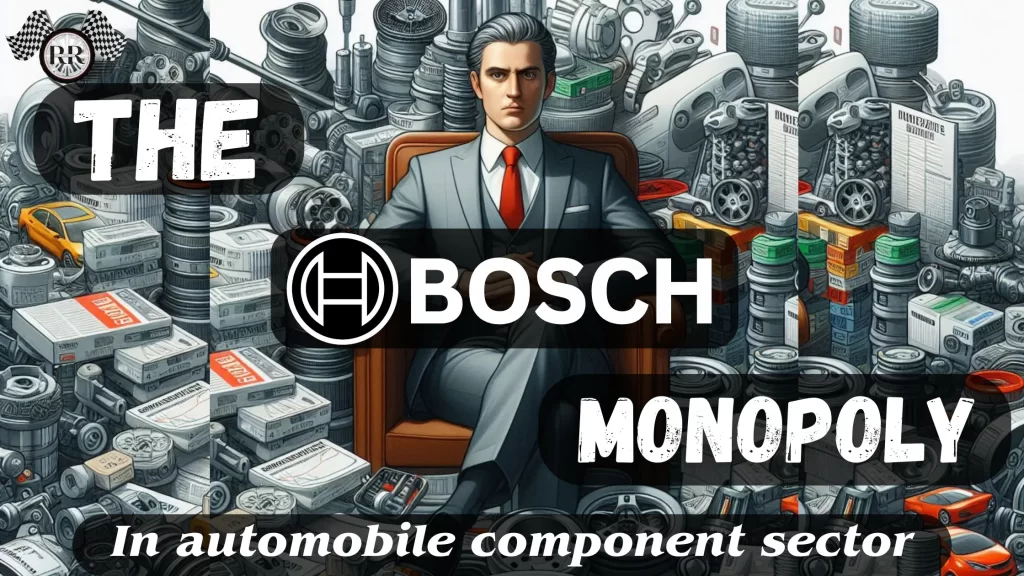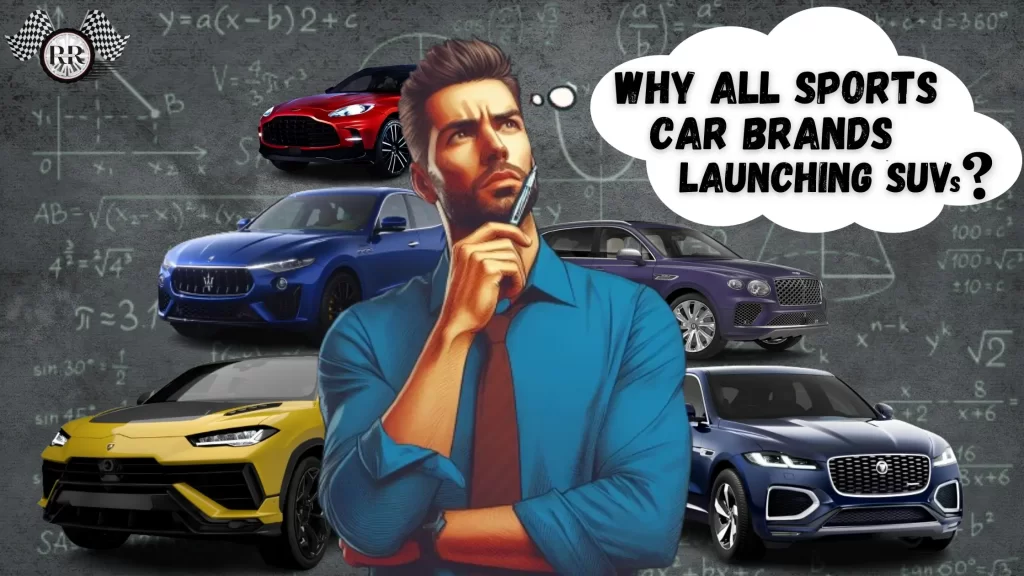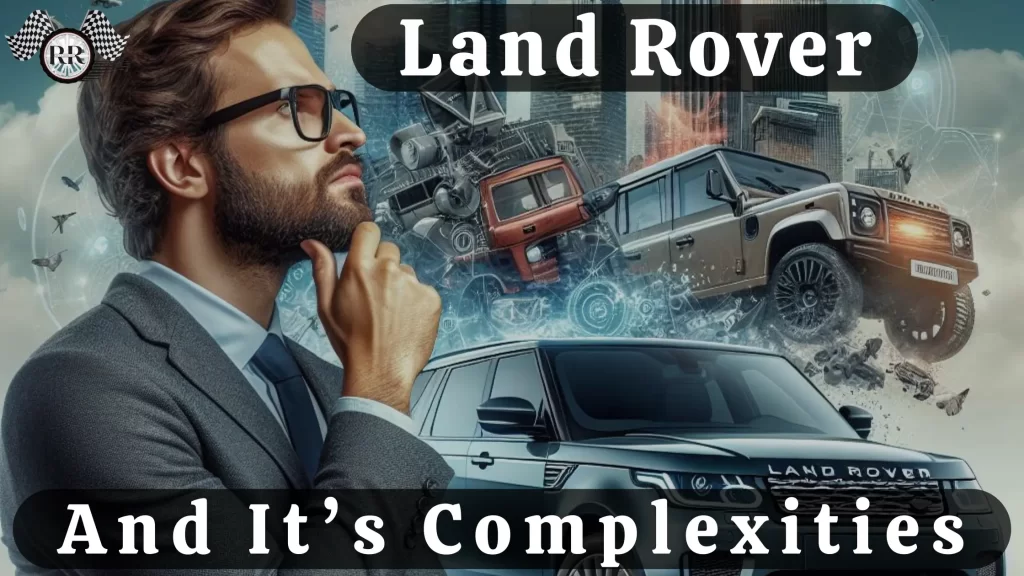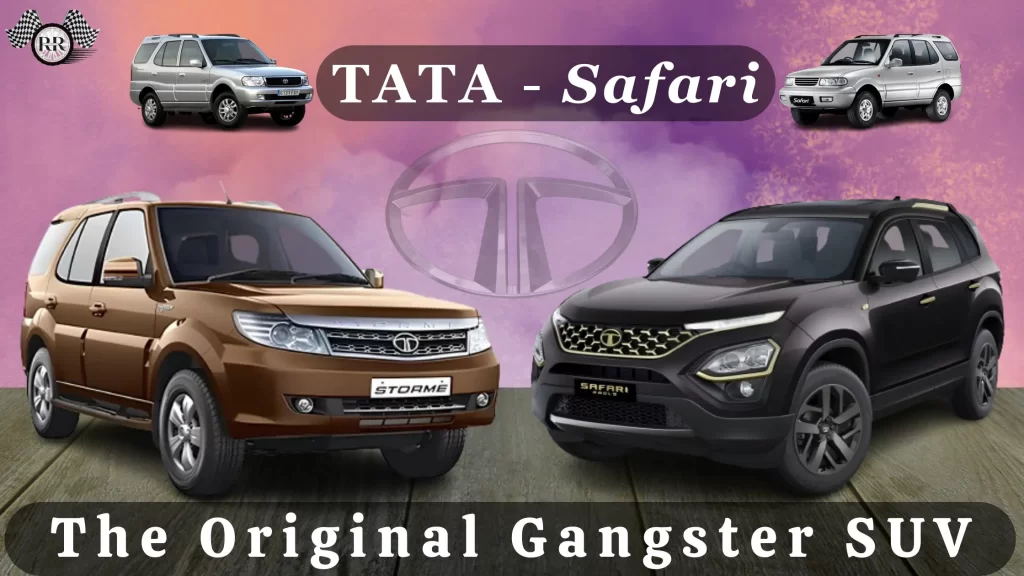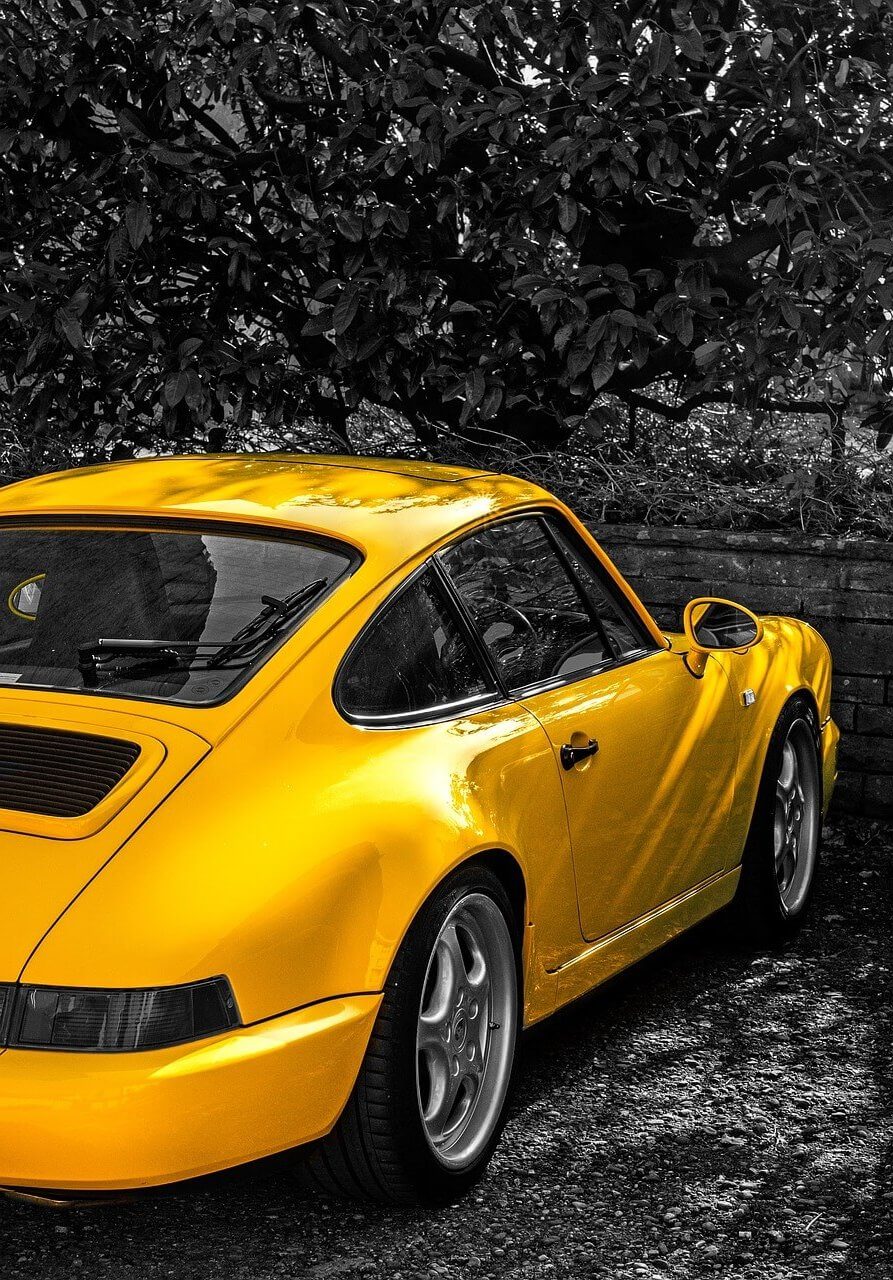PPF vs Ceramic Coating, which one is good for you?
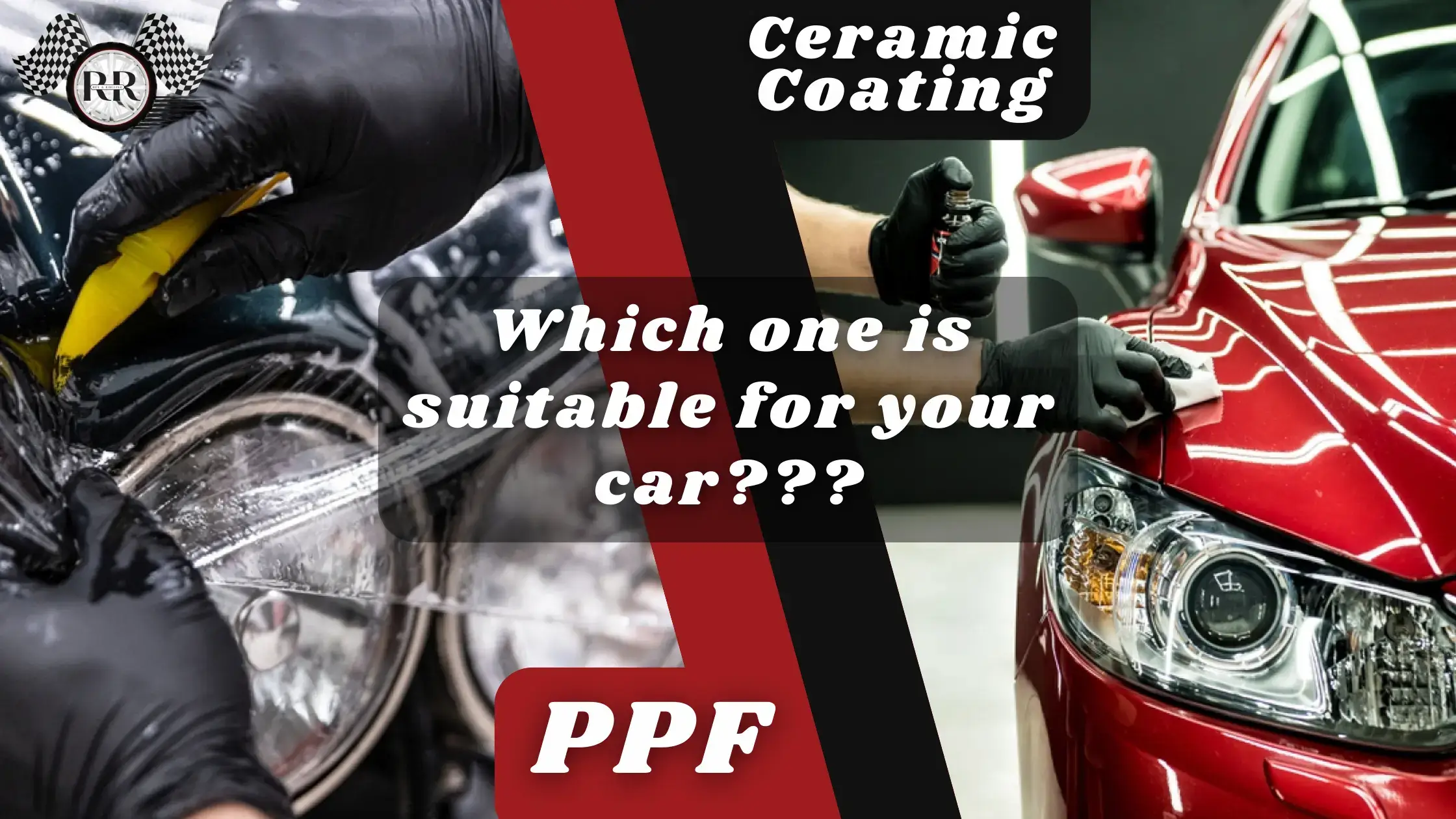
Different peoples have different kind of thinking, for some people cars are just a metal box which takes them to point A to point B but for some people cars are emotion. They treat their cars just like their family member. When it comes to family member everyone wants to protect their loved ones at their level best. A well-known proverb “Prevention is better than cure” now, in case of cars 2 kinds of preventive measure are there. First one is PPF and the second one is Ceramic Coating. “What are these?”, “Which one you should choose?” All these questions have been answered in this blog.
We have started our discussion with PPF then eventually we have covered Ceramic Coating also.
Origin of PPF:
In recent times PPFs are making a huge buzz in the automobile industry but it was not invented for cars initially. In late 1960s during the Vietnam war US-military asked 3M to make something that can protect the leading edges of fighter jet F-4 Phantom from the damages caused by sand and debris kicked off at the time of take-off and landing.

After the couple of decades (around 1980s) this PPF first appeared for high-end race cars. In 1990s the PPF became widely available for average customers. From that time to today the technology of making PPF has an amazing development.
Now, Let’s have a detail discussion about this thing called PPF.
What is PPF?
PPF stands for Paint Protection Film. It is a layer of transparent thermo-soft plastic urethane film. Modern PPFs have self-healing ability if they applied properly.
*Note: the self-healing ability means the minor pin scratches will heal by itself when it come beneath the sunlight or contact with hot water.
Types of PPFs:

We can divide the PPFs in two categories
- Finishing Wise
- Material Wise
In finishing wise segment there are two types
- Gloss Finish
- Matte Finish
In this case you decide which one you have to choose. There is nothing much to say about this category.
Our main discussion is on the 2nd category that is “Material Wise”. In this category we have 3 types of materials that’s typically used in PPFs.
- PVC (Polyvinyl Chloride)
- TPU (Thermoplastic polyurethane)
- TPH
It seems that you are getting more confused. Don’t worry just be with us, read the entire blog you will find your answers. After that, if you still have any doubt then ask your question in the comments. Let’s resume in this blog and discuss these 3 types of PPF in detail.
a) PVC Paint Protection Film (PPF):
PVC stands for Polyvinyl Chloride. The 1st generation of PPFs used to made off with PVC. But the PVC PPFs have some downside like,
- The coating gets hard after 1-2 years.
- The transparent film gets a yellowish tone after sometime.
- At the time of removing the PVC PPF it damages the paint as it pulls off the paint with it.
For these reasons PVC PPFs discontinued eventually.
b) TPU Paint Protection Film (PPF):
TPU stands for Tharmo-plastic polyurethen. This is one of the finest materials that is used in PPF. The material more durability & more flexibility than PVC. It is also costlier than PVC PPF in fact it is the costliest PPF among all. The TPU-PPF last around 3-5 years some PPF lasts around 10 years also (Depending on the quality) and left no adhesive on the paint at the time of removing it.
c) TPH Paint Protection Film (PPF):
TPH is a hybrid version of PVC & TPU. It has the base of PVC with the coating of TPU. It has some similarity as TPU-PPF like it is flexible, more durable than only PVC-PPF. But it also carries some cons of PVC-PPF like it is not so flexible, it lasts less than pure TPU-PPF, some TPH-PPF may get yellowish as the time goes. As a result of these properties TPH-PPFs cost is higher than pure PVC-PPFs and lower than pure TPU-PPFs.
Pros & Cons of Paint Protection Film (PPF):
Pros of Paint Protection Film (PPF):
- Self-healing Ability: PPF is a thin coating of a transparent film. It will add an extra gloss to the car (in which part it applied). The modern films have an ability to heal by itself from minor scratches.
- Customisable: As PPF is costly, you can choose in which part of your car you want to apply PPF. Also note that, this is up-to the service provider how much they are flexible to provide this.
- One time investment: A good quality PPF can last up-to 10 years. So, if you apply this once you are able to save to beloved car or vehicle from scratches, paint chipping & water swirl marks. Not only these but some PPF can also protect the car paint from UV rays & IR radiation.
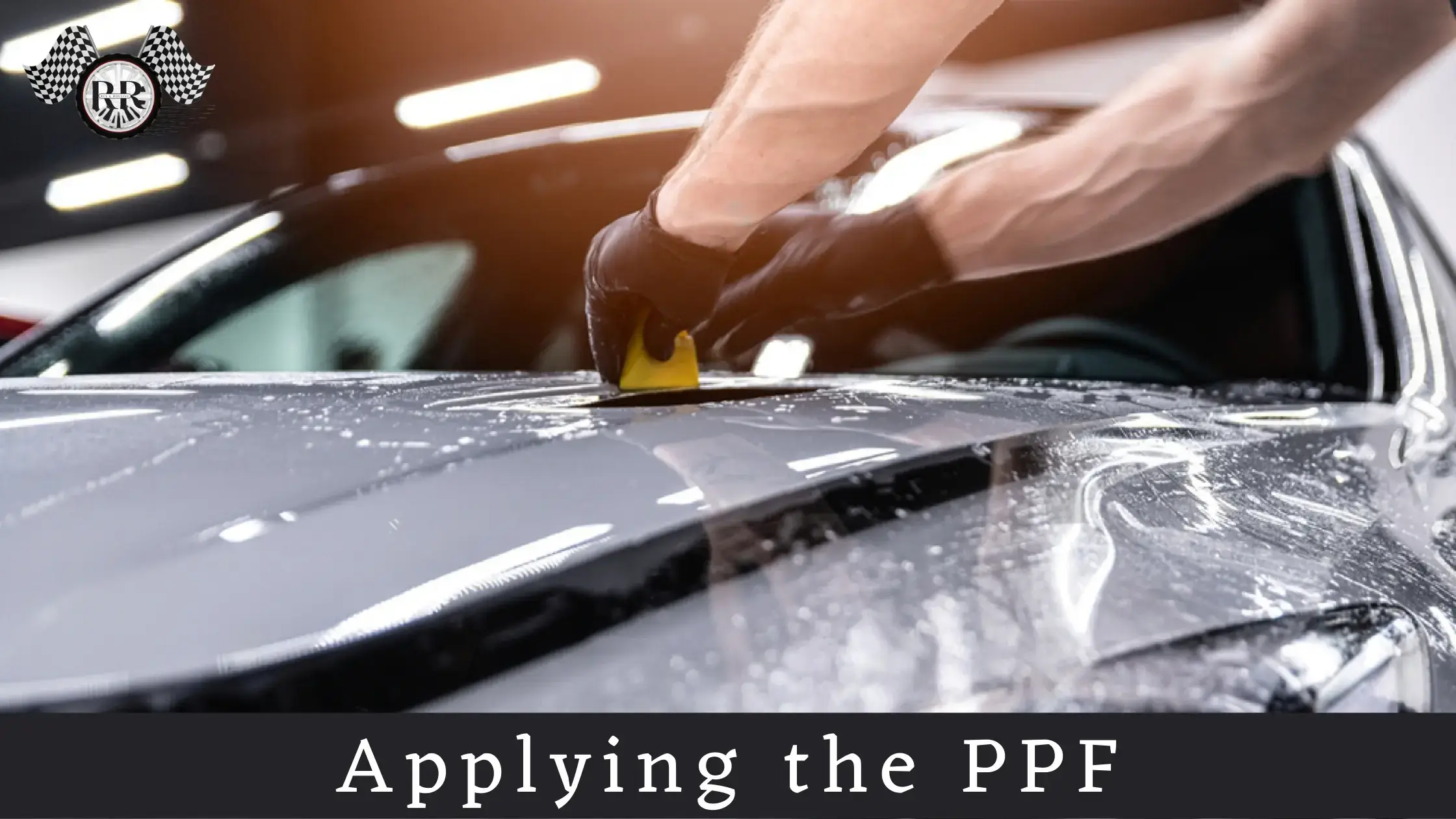
Cons of Paint Protection Film (PPF):
- Need expert to apply: Although it looks very easy to apply the PPF, but trust me it is not. Wrong application of PPF can damage the paint instead of protecting it. So for this PPF application work you have to choose a trust worthy service provider that has a team of experience PPF applicator.
- Needs to be replaced: Modern PPFs comes with 5,10 & even 15 years of warranty. But nothing lasts forever, after a certain time PPF is also needs to be replaced. In case you fail to do that, the adhesive may react with the paint and damage the paint.
- Up-front cost: Although I have mentioned earlier it is one time investment but the good quality PPF is costly. So the at the time of applying it will cost may put a pressure in your pocket.
Top Brands of PPF:
- XPEL
- Llumar
- Stek
- GSWF
What is Ceramic Coating?
Ceramic coating is a semi-permanent body protection coat made of silicon dioxide. This coating will not protect the car from stone, chipping or scratches but definitely protect the paint from bird-dropping, hard-water swirl marks etc.
This coating makes a strong bond with the paint and creates a hard layer on that, This coating not only saves the paint from bird-dropping, hard-water swirl marks but also adds a hydrophobic property on the paint. This property doesn’t allow the dirts to hold on the car and makes it easy to clean.
Types of Ceramic Coating:
a) PTFE based spray:
This type of ceramic coating is least strong. This spray creates a super hydrophobic surface that don’t let water to stay. The PTFE stands for Polytetrafluoroethylene it is better known as Teflon.
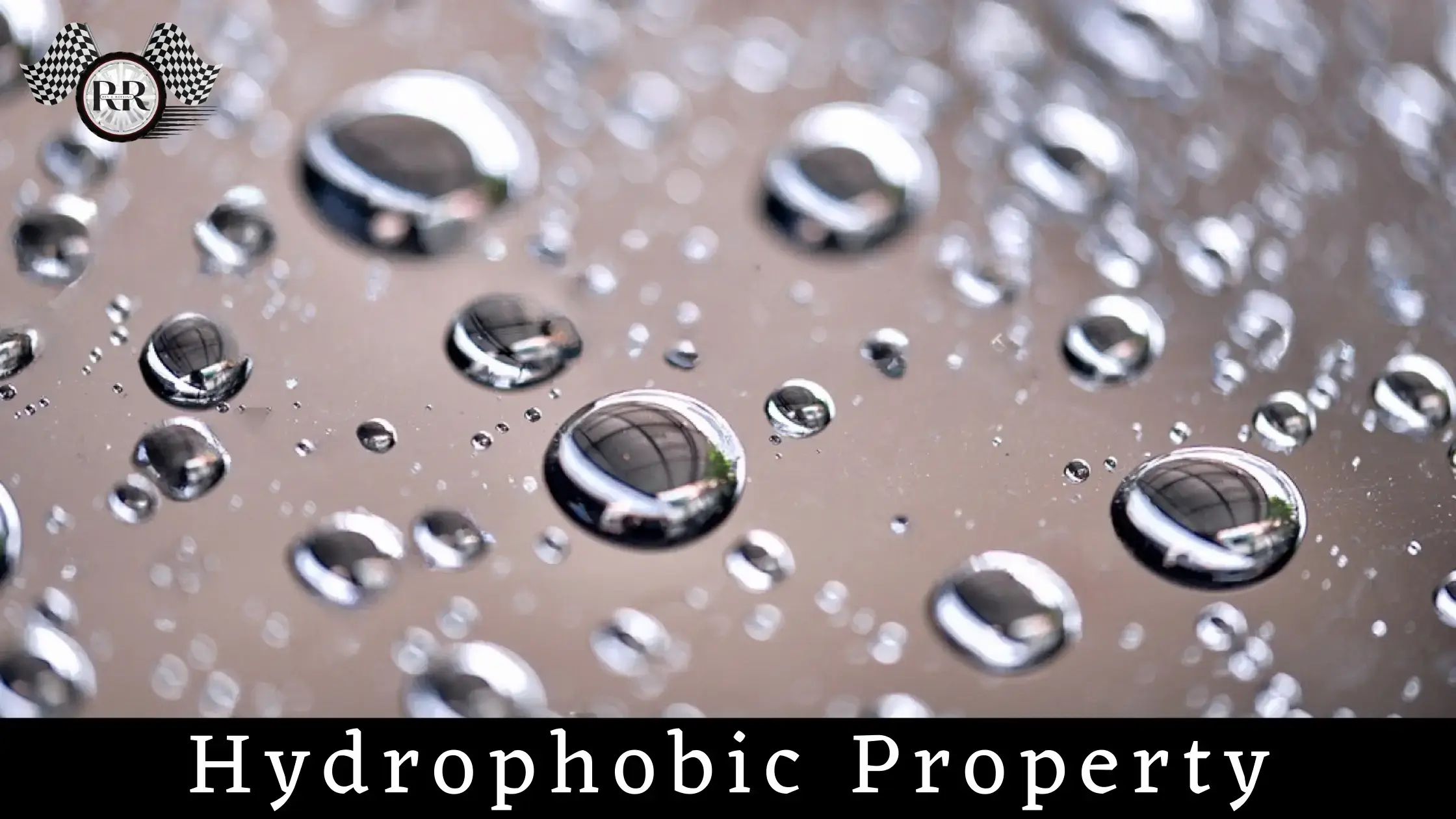
b) SiO/TiO based spray:
In this type of ceramic coating the products are mixed with either Silicon Dioxide or Titanium Dioxide. Then it is blended with polymer and other liquid ingredients. This enhance and strengthens the hydrophobic properties of the factory paint.
Both SiO and TiO go into micro spaces and damages that naked eyes can’t see. The liquid covers up those spaces and makes a strong bond with the paint to protect it. This type of ceramic coating can last up-to 6-8 months.
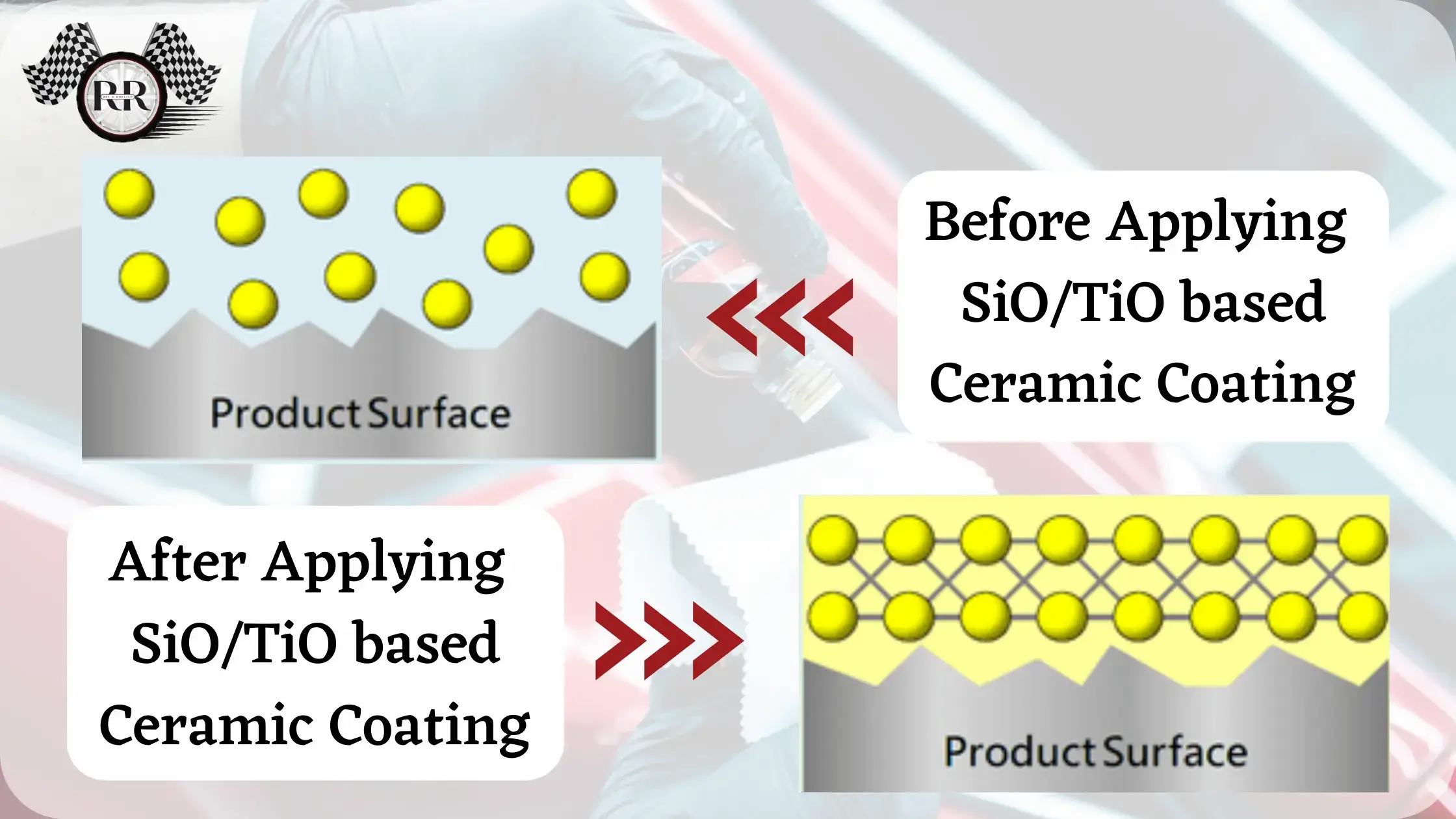
c) Nano coating technology:
This type of coating mostly used by the professionals. In this coating, the SiO & TiO are mixed with other concentrated solvents. This type of advance ceramic coating protects the car paint from UV rays, Hard-water swirl marks and it also covers-up some minor imperfection of the paint job.
There are different levels of concentration, it varies from 50% – 84%. The more concentrated the solution is it becomes more harder to apply for a non-professional.
d) Graphene Based ceramic coating:
This is the newest material that created a buzz in the car detailing industry. The main reason behind it “Graphene” has been named as world’s strongest material. I made up of a single layer of carbon atoms. Graphene alone cannot be a coating. To be applicable the ceramic coating has to be mixed with graphene. The graphene molecules go on top of the paint and makes a hard layer that protects the car paint.
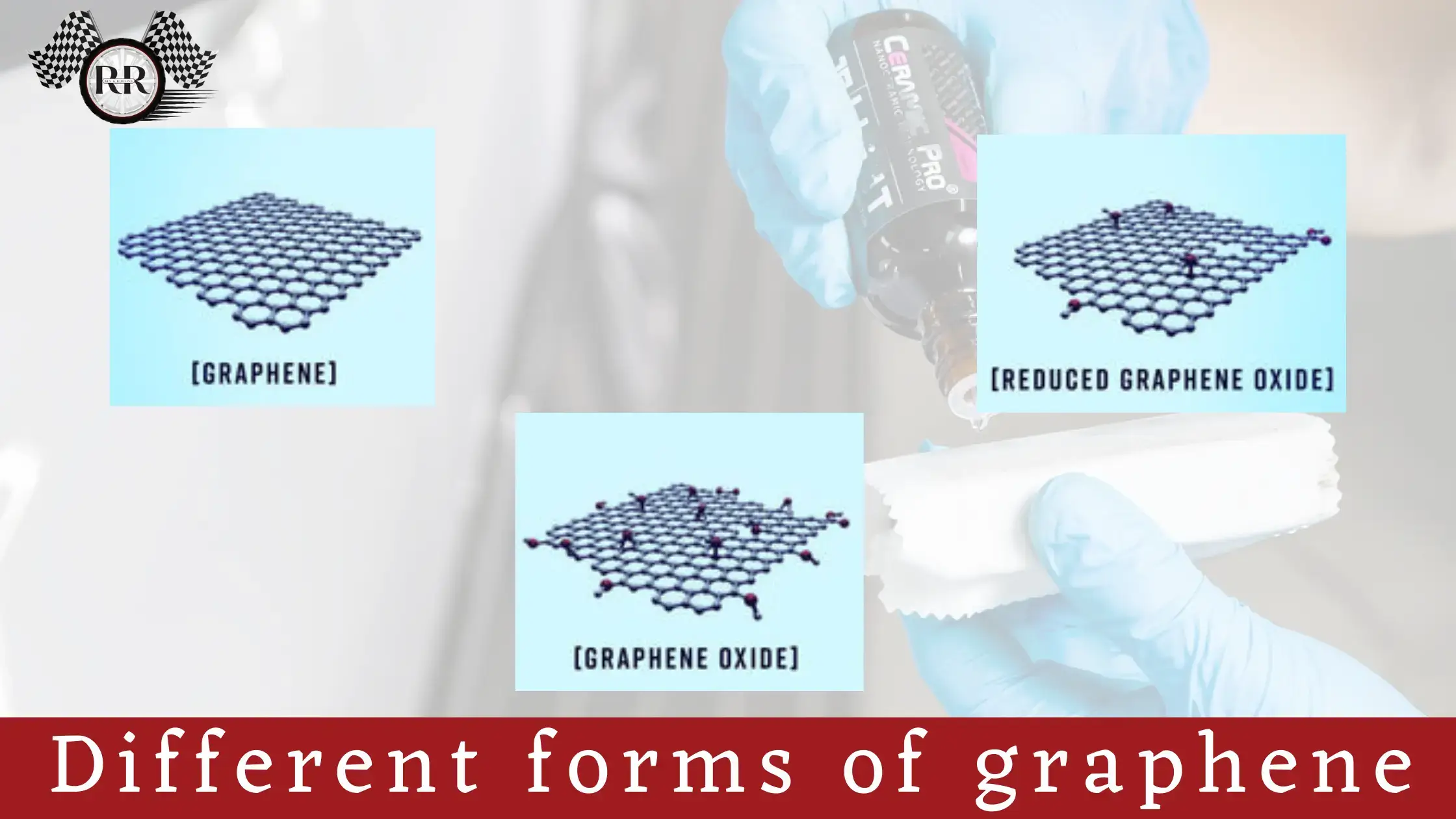
Pros & Cons of Ceramic Coating:
Pros of Ceramic Coating:
- Protection from elements: Ceramic coating works as barrier between the paint and the acid reactions from bird droppings, water swirl marks and other paint contaminants like road salt, grime, bugs etc.
- Enhance Shine: If the ceramic coating applied properly then the car will get a shine like new car. And this shine will last almost 6-10 months.
- Easy Maintenance: After applying the ceramic coating properly it becomes easy to keep the car or vehicle clean. Because of the hydrophobic property it becomes easy to wipe down the water and dirt.
Cons of Ceramic Coating:
- Need expert to apply: To apply the ceramic coating an expert is mandatory. Although some ceramic coating comes with DIY (Do It Yourself) kit but if you want a perfect finish then only an expert can do that. Sometimes some extra work is needed on the surface before applying the coating.
- Don’t lasts long as PPF: Ceramic coating doesn’t lasts like PPFs. The coating lasts about 6-10 months that too depends on the quality of the coating.
- Needs re-application: As mentioned it doesn’t last for a long time. So you have to re-apply the coating to get the shine and protection.
Top Ceramic Coatings:
- Adam’s UV Ceramic Paint Coating Kit
- Nasiol ZR53
- Torque Detail Ceramic Shine
- PROJE’ Ceramic Complete Care Kit
- Migliore Strata Coating
Now the main question, “Which one you should choose? PPF or Ceramic Coating”
I am trying to answer this question as per my understanding about these. You may have different opinion. Feel free to share your opinion in the comments.
To be very honest, the decision totally depends on your budget. How much you would like to invest in it. I will break it down in 4 cases,
- High budget: If you have very high budget, then I will suggest you to go for both. YES! You read it right both, 1st the PPF should be done then apply the ceramic coating. This is the best way you can protect your car or vehicle.
- Medium-High budget: If you don’t have the budget to apply both then go for only PPF. It will protect the car or vehicle’s original paint from scratches, stone chipping and other contaminants.
- Medium budget: If you have a medium budget then, you can apply PPF in major touch points like front and rear bumper, rear view mirrors etc. And apply ceramic coating on the rest of the car.
- Low budget: If your budget is very low then only go for ceramic coating. This will provide a minimum protection to the paint. Some protection is better than nothing.
Now, you might say I didn’t mention any amount then how you will plan your budget. Well, I didn’t mention any amount because the amount depends on which car you have. As the car gets bigger the amount also gets big. For an example cost of applying PPF on a Toyota Fortuner will always be higher than applying the same quality PPF on a Volkswagen Polo.
Another question you guys might have, “Which type of PPF or Ceramic coating you should go for?”
I will suggest, if you are opting PPF then go for TPU- PPF & if you are opting ceramic coating then go for Graphene based ceramic coating.
There are various service providers to do this work, but which one you should trust? If you ask me, I would suggest you Wrap Clinic Kolkata. Don’t just take my word for it; visit their website at wrapclinic.in to explore their portfolio and witness the remarkable transformations. To see their craftsmanship in action, be sure to follow their Instagram page @wrapclinickolkata. Get ready to be amazed and give your car the treatment it deserves!
Thanks for tuning in. I hope you’ve enjoyed reading our latest post as much as I have enjoyed writing it. But this is just the beginning. There’s still so much more to explore in the world of cars and bikes, and we’ll be back soon with more exciting content that’s sure to get your engines revving. So don’t forget to subscribe our newsletter and stay tuned for our next instalment. Until then, keep on exploring all the thrilling adventures that the open road has to offer!
— by Shubhradwip Paul

